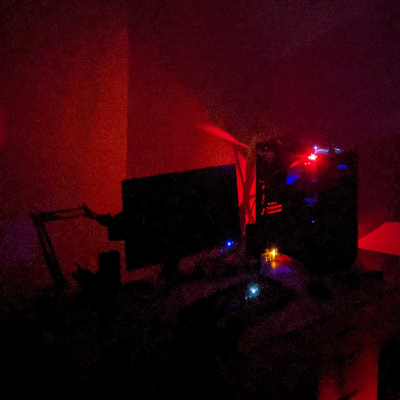I’m looking for a radio alarm clock project that I could do with a Raspberry Pi or a NodeMCU (ESP32/ESP8266), a small LCD screen and a small speaker.
Do you have any ideas? Does it exist? If not, how should I approach the project? Any advice on speakers for the Raspberry Pi?
I am going to attempt a similar thing soon - I want to build an internet radio receiver based on ESP32 and this project: https://github.com/michelep/ESP32_WebRadio . I think that ESP8266 might be too weak for audio decoding.
I was actually working on this myself. Had a 3d printed case a touch screen I bought and started writing code for it. But life got in the way.
I had a buzzard from a pi parts kit that I was gonna add to the pins probably for when alarm goes off. and was looking for a good radio module. Was also thinking about just having it play a song from YouTube or something randomly instead.
Not much here but. https://github.com/Death916/deathclock/tree/deargui
I’ve been planning on going back to this but haven’t had time yet.
Depends on your needs. My solution to this problem was buying a cheap DAB+ radio, hooking it up to an amplifier that I pulled out of a dumpster a while ago and drive two bookshelf speakers with that. All this is hooked up to a simple timer switch. Great sound and can go freaking loud.
You could go a step further and use a wifi switch, with that you could change the “alarm times” and for how long it should stay on right from your phone.
Shelly does have some nice options for wifi relay switches
It’s probably also worth noting that pretty much all of these WiFi switches rely on their manufacturer’s servers to keep working. If that company goes belly up or simply decides it no longer wants to pay to keep these devices functional, the switch becomes a paperweight.
Not if you’re willing to flash your own firmware, what is often possible: https://tasmota.github.io/docs/ (and others)
Most of the time it requires opening the switch and connecting to the serial port that’s inside more or less exposed. Nothing especially difficult, but can be a little intimidating at first. It’s not easy to fail, though, and those switches are so cheap that even if you manage to break it somehow then the loss is not great.




